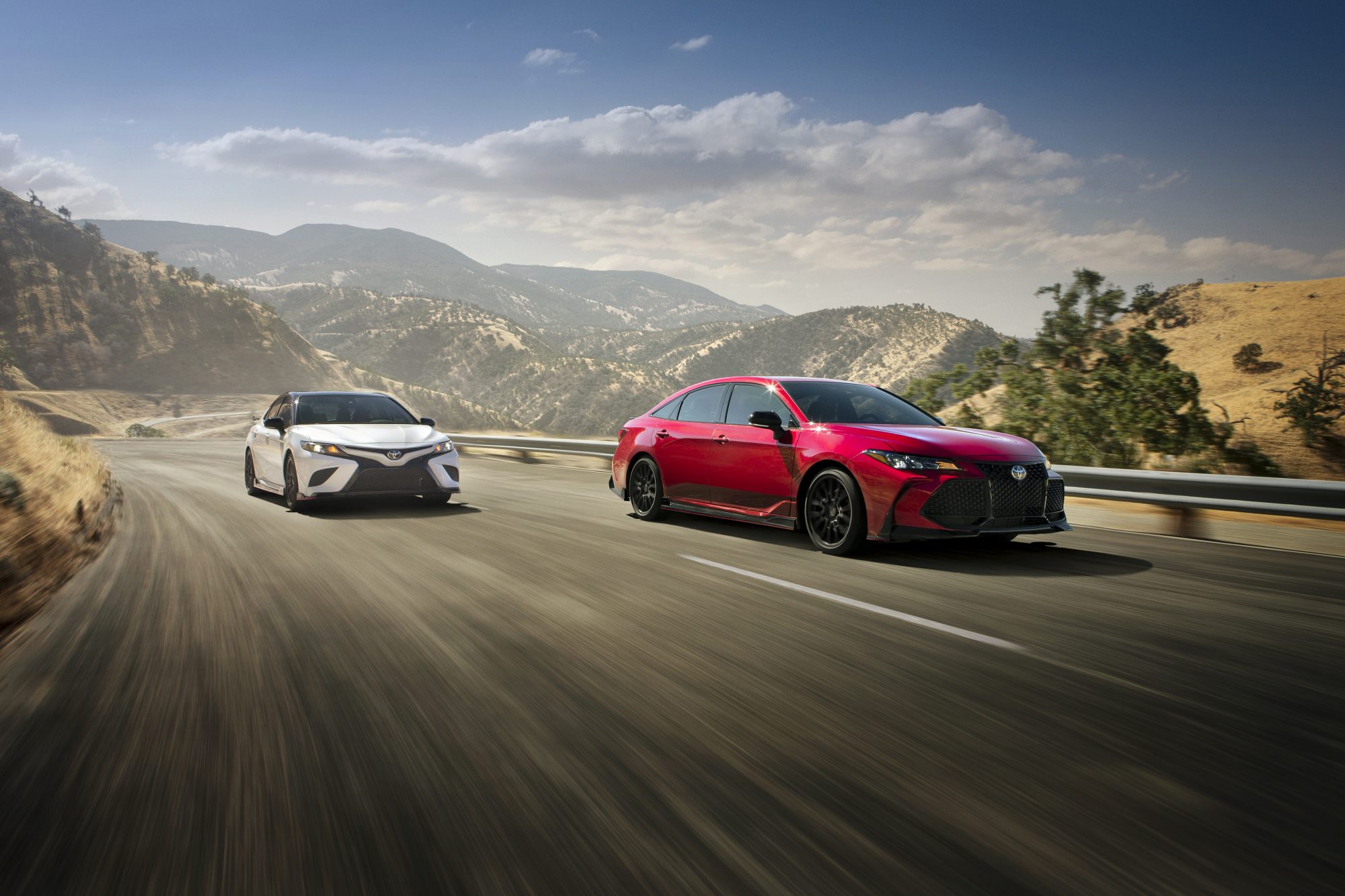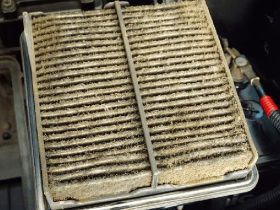Within the new world of mass-market electric vehicles, a frontier that Nissan pioneered with the Nissan LEAF a decade ago, there has been a growing trend to focus on pure performance. The combination of an electric motor and battery pack provides levels of acceleration and torque once reserved for supercars or bullet trains. While the exhilaration is undeniable, Nissan is taking a balanced, customer-centric approach – beyond mere speed – with its latest electric powertrain technology.
It’s called e-4ORCE, a revolutionary new all-wheel control technology, assisting – and empowering – drivers of all skill levels by providing instant torque to all four wheels and delivering balanced, predictable power in any situation.
The “e” in e-4ORCE stands for Nissan’s 100% electric motor drive system. “4ORCE” (pronounced force) refers to the vehicle’s physical power and energy, with “4” representing all-wheel control.
Currently in final development stages, Nissan’s e-4ORCE all-wheel control technology strikes a balance between powerful performance and unprecedented control – delivering excitement at the push of the accelerator while still ensuring comfort for everyone in the car. Managing power output and braking performance for maximum smoothness and stability, e-4ORCE enhances the driver’s confidence by faithfully tracing the intended driving line on a variety of surfaces, without the driver having to change driving style or input.
During the 2019 Tokyo Motor Show and at CES in Las Vegas earlier this year, Nissan privately demonstrated e-4ORCE in a specially constructed test car using a LEAF e+ to allow drivers to experience the technology’s potential. In keeping with the “all-wheel control” theme, there are four ways e-4ORCE technology supports drivers:
1. All-electric system: Simply put, e-4ORCE is an advanced system built around dual electric motors. Until now, Nissan EVs have all used a single electric motor, typically for front-wheel drive. As Nissan moves to diversify its EV lineup, an all-wheel-drive system is a logical next step, especially with the Ariya Concept strongly hinting at a future EV crossover.
Nissan’s e-powertrain control technology in the e-4ORCE test car reacts to driver input with ultra-precision control that’s three times faster than the blink of an eye. This not only provides the driver with instant, smooth acceleration; it also ensures that the control technology can handle a wide range of scenarios. Of course, while this includes off-the-line acceleration, e-4ORCE really shines when the driver is required to suddenly react to avoid something in the road, such as an animal or object. The system manages and conveys the driver’s intentions and expectations smoothly and efficiently.
Nissan’s engineers built on the know-how gained from both the Nissan GT-R’s ATTESSA E-TS torque split system and the Nissan Patrol’s intelligent 4×4 system to maximize power output, braking and chassis control. The company’s long development history with both EVs and advanced all-wheel drive systems will ensure that e-4ORCE is one of the most robust systems available.
“This technology offers a new level of control,” said Ryozo Hiraku, expert leader of Nissan’s powertrain and EV engineering division. “New for Nissan, new for EVs. e-4ORCE control technology is the combination of our know-how of all-wheel drive and chassis control technology, and our EV development expertise. e-4ORCE is not a successor of one, but an evolution of many.”
2. Superb handling: e-4ORCE control technology provides balanced chassis control, line tracing, and steering precision at all times, keeping the vehicle’s behavior predictable, even during sudden maneuvers. The system constantly modulates the output of each onboard twin electric motor as well as each wheel brake control to create dependable control for the driver.
“e-4ORCE’s control technology stands out from other EV all-wheel systems available today,” said Hiraku. “We performed extensive fine-tuning to deliver precise performance that supports the driver’s intentions for an enjoyable drive under a wide variety of conditions.”
Typically when turning, a vehicle tends to veer outside of the corner during acceleration, causing the driver to either apply more steering input or reduce speed (understeer). e-4ORCE distributes torque to the vehicle’s front and rear wheels to maximize tire friction (grip) according to road surface conditions and the vehicle’s situation. e-4ORCE’s all-wheel-drive balance defaults to a 50/50 distribution, but it can also transfer up to 100% of power to either the front or rear wheels, and a mix in between, for various road and driving conditions. Deceleration force is optimally controlled at each of the four wheels, though a combination of regenerative braking and hydraulic braking, thereby improving turning performance in addition to deceleration.
The result is a heightened level of control, especially during cornering, that provides drivers a pleasant, smooth, predictable experience with minimal steering adjustment.
3. Reliable comfort for all: From the beginning, the advanced engineering team tasked with e-4ORCE development set comfort as a top priority. The challenge was to ensure impressive EV performance while also providing a smooth ride quality for all occupants under multiple driving scenarios.
Regenerative braking is one of the hallmarks of an EV. The technology allows for energy to be recaptured when the car slows, then sending that electricity back to the battery. Because the e-4ORCE system manages braking and power to each wheel, when regenerative braking is called on the front and rear electric motors work to reduce vehicle pitch and dive. This helps keep the cabin – and the passengers in it – more level, which in turn helps prevent motion sickness, such as in stop-and-go traffic.
“Electric motor response can provide excellent acceleration, but that in itself was not our goal,” said Hiraku. “By taking advantage of e-4ORCE’s precise motor control response, we’re able to control vehicle motion as soon as the brakes are applied, giving all occupants – especially passengers – a stable, smooth ride.”
4. Enhanced on-road confidence: Driving on challenging surfaces, such as wet, icy or snowy roads, can be stressful for even the most seasoned driver. e-4ORCE’s precision e-powertrain and braking system control ensures power is delivered to the wheels with the most grip while stabilizing vehicle motion to maintain handling control and line traceability. If the driver applies too much power, the system will manage output to ensure control and traceability is maintained, even on slippery roads.
“We developed this technology to work in the background and not disrupt the driver,” concludes Hiraku. “We want even first-time drivers to feel comfortable with vehicle reactions as intended in an extremely natural way. Once people get used to a car with e-4ORCE, they may find it surprising to drive a car without it.”



























